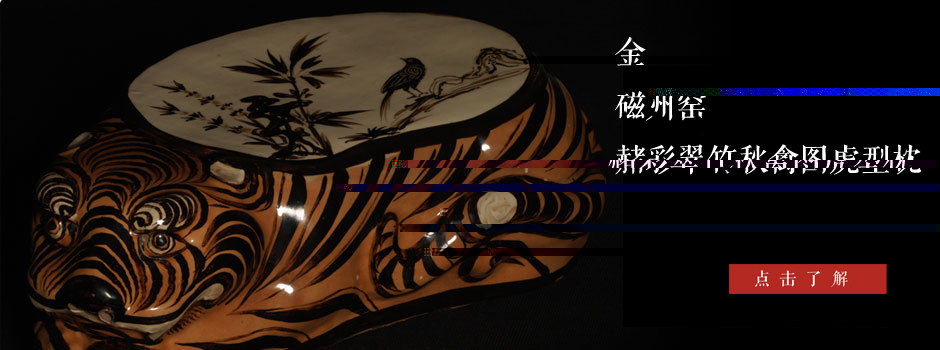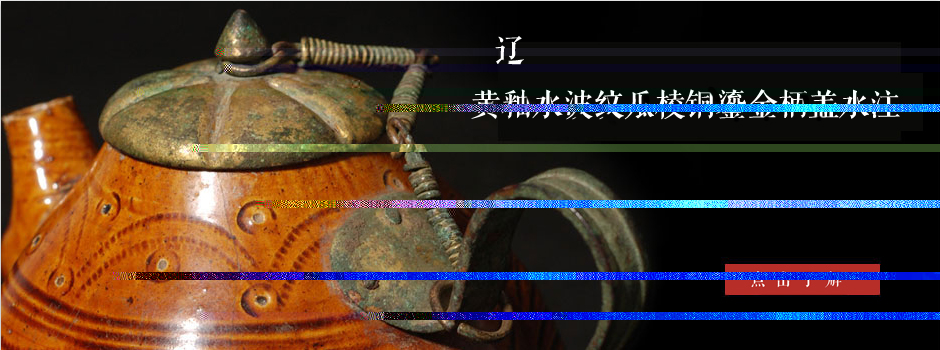- >> Company Profile
- >> President's Speech
- >> Brand Service
- >> Mission & Goals
- >> Value System
- >> Brand Construction
- >> Philosophy and Mode
Address: Room 614-616,China World Office 1, No.1 Jian Guo Men Wai Avenue, Beijing, P.R.C.
Tel:+86-10-65051177
Fax:+86-10-65058988
E-mail:soongs@zbkenuo.com
Home >> Show Items
White-glazed peony pattern carving tray by Ding Kiln in Song Dynasty D:16.7cm
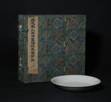 |
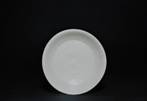 |
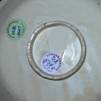 |
Ding Kiln is a famous kiln site in the north of China in the Song-Jin Dynasty period as well as a large porcelain kiln family emerged right after the white porcelain of Xing Kiln in Tang Dynasty. The major production location is Jianci Village, Dongyanchuan Village and Xiyanchuan Village, Quyang County, Hebei Province. The name Ding Kiln was given because these regions were under the jurisdiction of Ding Court in the Tang-Song Dynasty period.
Northern Song Dynasty was the prime period for the development of Ding Kiln. Much progress and originality in the technology of making porcelain wares had been brought to us. In the middle and late Northern Song Dynasty, Ding wares were selected as the court wares by the Song government thanks to its excellent porcelain quality, graceful color and pretty patterns. This made it extremely popular at that time. Ding Kiln had great productivity of various wares, mostly including bowls, trays, vases, dishes, boxes and pillows. In addition, it also produced wares for Buda services such as net vase and trumpet shell, etc, but with very lower quantity. They were mainly used as contributions to the court. The clay mold of Ding wares is thin and light. The color of clay mold is of ivory quality, solid and compact, but not transparent in beige color. The glaze layer is extremely thin, making it possible to see the clay mold. The glaze color is pure white and crystal. Many accumulated glaze patters are just like tear stains, accordingly called “wax tear stains”. The yellowish green is dimly visible. The mark of rotating clay mold can be seen from the outer wall of wares with thinner glaze layer, which is previously called “bamboo silk brushing pattern”. The mouth edge of Ding Kiln wares in the early Northern Song Dynasty was glazed, while this could not be found in the late period. This is called “sharp mouth” embedded with golden, silver and copper rims to cover the defects of sharp mouth, making it one of the major features for Ding wares.
Ding Kiln wares were deeply loved for its diversified patterns and ornamentations. The ornamentation techniques mainly include white-glazed pattern imprinting, white-glazed pattern carving and white-glazed pattern cutting. In addition, it also includes white-glazed pattern piercing and gold-colored pattern drawing. The patterns are pretty and elegant and graceful. The pattern carving, structural painting and patterns tended to be simplified in Ding Kiln in the early Northern Song Dynasty. The majority focuses on lotus-shaped patterns and is decorated with the beauty of shallow relief sculpture. The carved pattern and ornamentation in the middle and late Northern Song Dynasty is exquisite beyond comparison and unique as well. The ornamentations and patterns were made by means of imprinting, cutting and piling to ensure prettiness and elegance. As for the imprinted patterns, its natural form was changed artfully, still with precise structure. The carved patterns are more lively and unique when compared with the imprinted patterns.
This tray is the typical shape of Ding Kiln ware in the middle and late Northern Song Dynasty. It has light and thin clay mold, sharp and narrow mouth edge. The ring feet are trimmed carefully. From these, the craft level of making Ding Kiln wares can be seen to some extent. The patterns of broken tree stems and lotus floral scrolls are carved in the tray, with precise and plum structure. The streaks are indirect but powerful. The quality is of that of the ivory to reflect the extraordinary elegance and stylishness on the clay mold.
The Ding Kiln tray of the similar type can also be seen in the collections of British David Funds (Picture 1). In addition, another Ding Kiln tray of the same shape and patters was collected by Asian Art Museum of San Francisco of USA (Picture 2)
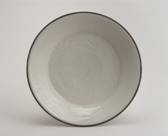
Picture 1 Tray of carved patterns by Ding Kiln in Northern Song Dynasty Collected by British David Funds PDF160 Diameter 22.0cm
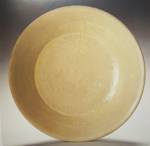
Picture 2 Tray of carved patterns by Ding Kiln in Northern Song Dynasty Collected Asian Art Museum of San Francisco of USA
